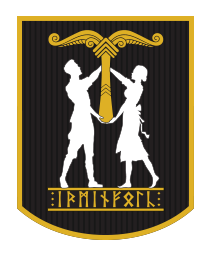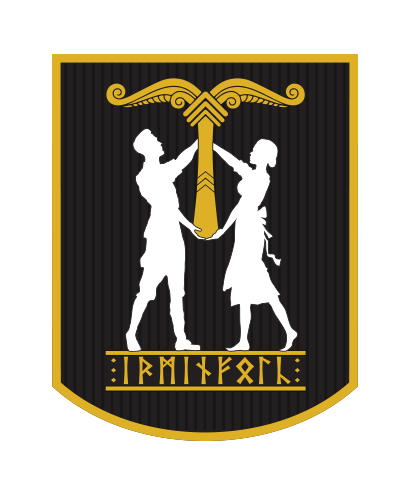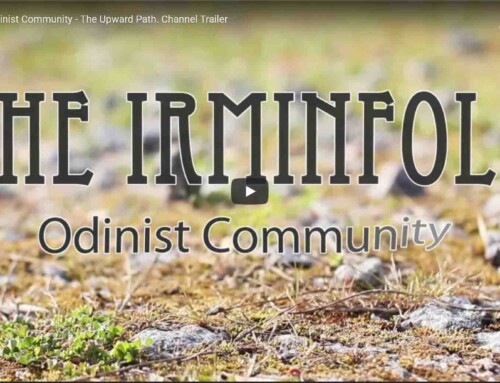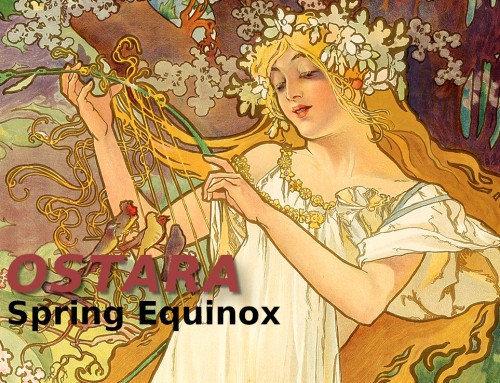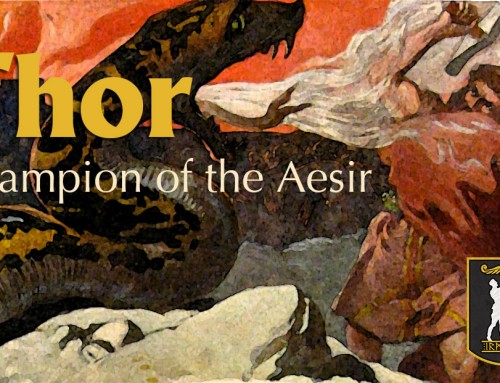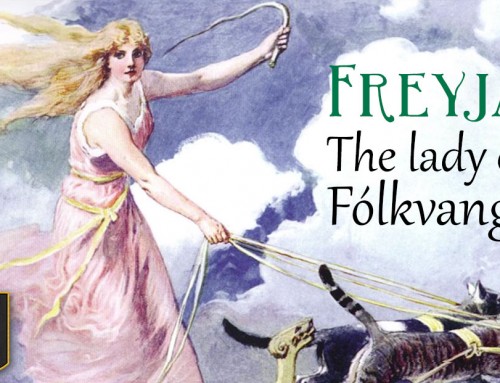End of Winter and Beginning of Spring 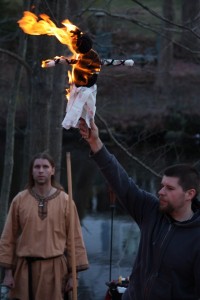
Sinking of Marzanna is an ancient Polish pagan custom. “Marzanna” (called also Mora, Morena or Morana) was a goddess which was offered grains after harvest in hope to ensure good crop the following year. According to other sources she was a goddess of death of winter.
The name of “Marzanna” could originate from “marzec”, Polish name for month “March” since the ceremony was taking place in March. It could also originate from the word “marznac” = “freeze, feel cold”.
“Marzanna” was prepared (usually from straw, twigs or grasses) as a doll clothed in female cloths who was burned and sunk on 7th of March in Polish regions. The other date of ritual is March 21st – the beginning of Spring.
Usually children and young adults took part in the ceremony. Marzanna puppet doll was walked through the houses of the village with the green branch of jupiter in her hand. In the evening she was taken away from the village illuminated by burnt jupiter branches which partly burned her. The burned marzanna was finally sunk in the river.
This ceremony would be probably long forgotten if not an attempt to restore old pagan habits in place of Christian tradition by a communistic government. Pawel’s ritual this last Saturday at our faining for Ostara was a beautiful display of reverence for our unique cultural heritage and our collected will to instill this passion into the hearts of our young children.
Another sacrifice which was offered at our spring faining was the making of the Hare’s Nest. The hare was also sacred to the Goddess Eostre, especially the white hare. In some ancient myths the Goddess is believed to have at times taken the form of a hare. In March and April hares were seen “dancing” (fighting and courting) in the fields. A creature of springtime, the night, and of the moon, hares represent rebirth and immortality. In the Springtime hares build a nest or “form” much like that of the bird known as the lapwing. Lapwings would lay eggs in the nest made by hares; making it seem as though the hare had made them magically appear and thus the “Easter Bunny” of today was born. Children in Germany still build nests for the hare to lay its eggs in. Eggs have been a symbol of life since early times, which is why we hold such reverence to them at this time of year- painting and decorating and giving them blessings.
Kristen and Mare created a beautiful nest for Ostara’s hare and gave it up to the fire in the hopes for a healthy Spring this year. Ostara is time to celebrate the fertility of mind, body and spirit. As winter ends, we reflect on the hardships we’ve endured and honor the coming of the sun and her warmth. As the Book of Blotar says…”This is the time of remaking, the trees unfurl their new foliage. Soon will come the high Midsummer, and we will be reminded of a time years beyond recall, when Earth knew only summers: the dawn time. Sacred Ostara whispers to us of this time and a promise for a bright future we hear. Stir us to achieve that brightness.”

